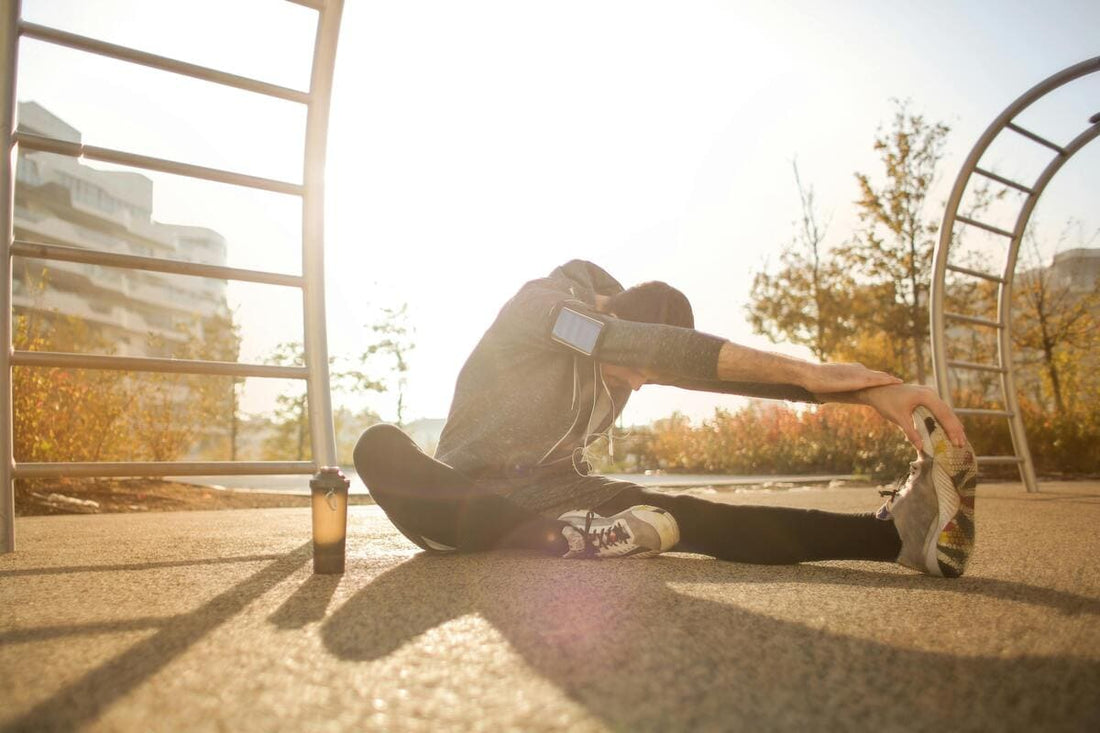Subscribe Us
Subscribe to our newsletter and receive a selection of cool articles every week
How to remove shoelaces from your legs: effective tips

Soreness, scientifically known as delayed onset muscle soreness (DOMS), is a common discomfort that affects many people after physical exercise. Although they can appear in any muscle group, the legs are usually the most affected due to the load they support during activities such as running, jumping or performing resistance exercises.
This pain can range from mild discomfort to a sharp sensation that makes movement difficult, which can discourage many people from continuing with their exercise routine. However, understanding why muscle soreness occurs and how to effectively treat it can make all the difference in recovery and continuing to live an active, healthy life.
What are soreness and why do they appear?
Soreness, or delayed onset muscle pain, is a phenomenon that generally occurs between 24 and 72 hours after performing intense or new physical activity for the body. This muscle pain is associated with the microscopic damage that muscle fibers suffer during exercise, especially in activities that involve eccentric contractions, that is, when the muscle lengthens while contracting. contracts, as happens when lowering a weight or running downhill.
The body reacts to this muscle damage by sending inflammatory cells to the affected area, causing swelling and pain. Although this process is a natural part of the body's adaptation to exercise and, over time, helps strengthen muscles, it can be quite uncomfortable and demotivating, especially in the legs, which are essential for daily mobility.
The legs are particularly susceptible to muscle soreness due to the number of large muscles that are activated during most physical activities. From running and cycling to climbing stairs, the legs are constantly in use, and when they are put under unusual strain, they are more likely to experience this type of muscle pain .
Effective methods to remove leg pain
There are several effective methods to relieve this discomfort and speed up muscle recovery :
Adequate rest and active recovery
Rest is essential to allow your muscles to recover from the damage sustained during exercise. However, this doesn't mean you should remain inactive. Active recovery , which involves light exercise such as walking or gentle stretching, can help improve blood circulation and speed up the removal of metabolic waste products responsible for pain.
Hydration and nutrition
Water helps eliminate toxins and keep muscle cells functioning properly. Additionally, a diet rich in protein and complex carbohydrates can provide the nutrients necessary for muscle repair. Incorporating antioxidant-rich foods, such as fruits and vegetables, can also help reduce inflammation.
Massages and stretching
Massages help improve circulation and reduce muscle tension . Gentle stretching is also beneficial, as it increases flexibility and can relieve muscle stiffness. It is important not to overexert the muscles during stretching to avoid aggravating the pain.
Use of creams and topical products
Anti-inflammatory creams and gels with ingredients such as menthol often have a cooling or warming effect that can reduce the sensation of pain and improve comfort. However, it is important to use them as a complement to other recovery strategies and not as the only solution.
Application of cold and heat
Applying cold in the first 24 to 48 hours after exercise can help reduce inflammation and pain. Subsequently, the application of heat can be beneficial in relaxing muscles and improving blood flow, which promotes recovery. Alternating between hot and cold can also be an effective strategy to relieve soreness.
Common myths about muscle soreness
There are many myths surrounding shoelaces, some of which can lead to ineffective or even harmful practices. Below, we deny some of the most common:
Is lactic acid to blame?
For a long time it was thought that soreness was caused by the buildup of lactic acid in the muscles. However, recent research has shown that lactic acid is eliminated from the body shortly after exercise, and is not responsible for soreness. The pain is rather due to microlesions in the muscle fibers.
Does drinking sugar water help?
Popular advice is to drink sugar water to relieve soreness, but there is no scientific evidence to support this practice. The key is hydration and a balanced diet, not excessive sugar consumption.
Is it better to continue exercising despite pain?
While it's important to stay active, forcing your body to do intense exercise while sore can worsen muscle damage. It is best to opt for active recovery and low-intensity exercises until the pain subsides.
How to prevent sore legs
The best way to deal with soreness is to prevent them. Here we present some effective strategies to minimize its appearance:
Proper warm-up
A good warm-up before exercising prepares your muscles for physical effort and reduces the likelihood of soreness. Include dynamic exercises that mobilize the muscles you are going to work, such as light squats or swinging movements of the legs.
Progression in exercise intensity
Avoiding a sudden increase in the intensity or duration of exercise is key to preventing soreness. Gradually increase the effort, allowing your body to adapt to the new level of demand.
Post-exercise cooling techniques
After a workout, it is important to cool down properly. This may include static stretching or gentle walking to help muscles return to their normal state and reduce stiffness.








